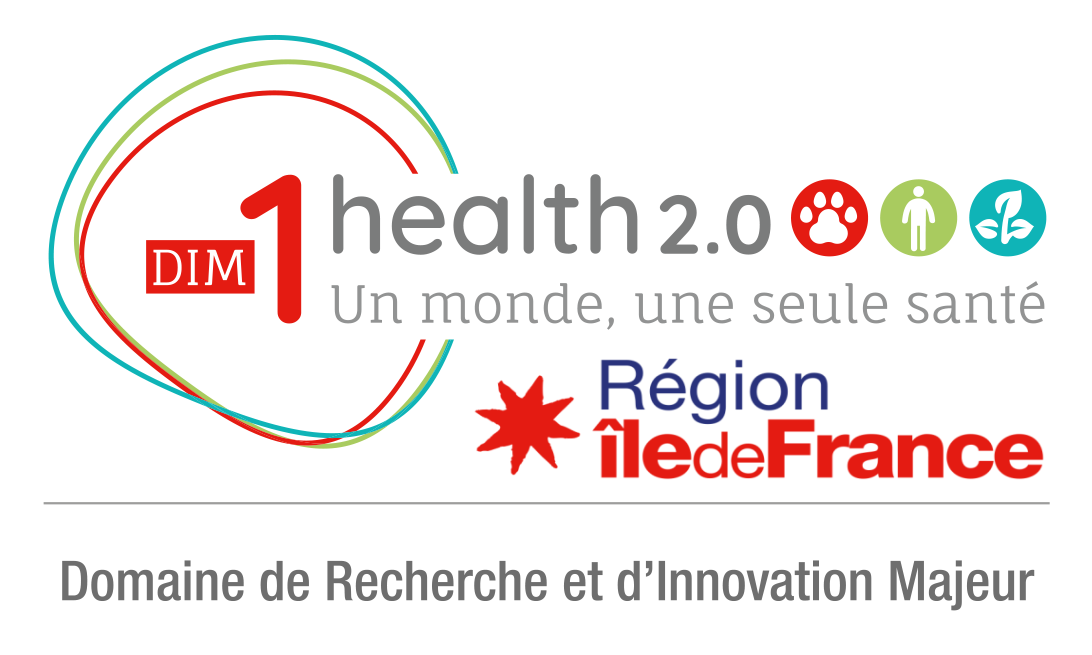Développement de stratégies vaccinales
utilisant les Cellules Dendritiques associées à des outils d’immunomodulation pour la prévention et le contrôle de l’infection par le VIH
Responsabilité scientifique :
Christine LACABARATZ
Axes de recherche :
Partenariat :
GUSTAVE ROUSSY Cancer Campus, GRCC), Villejuif; INSERM – Hôpital Saint Louis, Paris; Institut Pasteur, Paris; INRIA – Université de Bordeaux; INSERM – Bordeaux; Baylor Research Institute, Dallas-USA; Centre Hospitalier Universitaire Vaudois
(CHUV), Lausanne-SUISSE
Financement :
- Trieur de cellules FQCSMelody
- C1 Single-cell System Fluidigm
HIVAC-DC aims at evaluating the safety, immunogenicity and virological efficacy of novel
Dendritic Cell (DC)-based vaccine strategies combined with immunological interventions to
control HIV infection with the ultimate goal of a functional cure of HIV. HIVAC-DC will capitalize
on previous achievements obtained through the Labex VRI (Vaccine Research Institute) who
has developed two platforms of new vaccine concept based on the manipulation of Dendritic
Cells (DC) : ex vivo (DALIA platform) and in vivo (CD40 platform). Based on data generated in
preclinical models or in phase I trial, these vaccines are now ready to move into clinical
development either alone or combined with immune interventions (IL-7 or bNAb).
Based on our robust experience, we intend to test the following hypotheses: i) DC based
vaccines will generate strong and broad T cell responses against HIV; ii) the combination with
IL-7 will improve vaccine elicited immune responses and/or mobilize HIV reservoir; iii) LN01
bNab will potentiate the impact of vaccines effect through a direct antiviral potency and a
“vaccine like effect”.
We will thus develop the following specific objectives:
1. Clinical Development of two platforms of DC-based HIV therapeutic vaccines: i) CD40-DC
receptor targeting using recombinant mAbs fused to HIV T cell epitopes (Gag, Pol and Nef)
(αCD40.HIV5pep) (CD40 platform); ii) ex vivo generated monocytes-derived DC loaded with
HIV T cell epitopes from Gag, Pol and Nef (DALIA Platform).
2. Set up clinical development plan using innovative approaches in HIV-infected patients: i)
Selection of the best αCD40.HIV5pep dose (Phase I) that will then be evaluated in a primeboost
combination with ANRS-MVA HIV-B vaccine (MVA/αCD40 phase II); ii) Comparison of
ex vivo generated DC with or without IL-7 (DALIA2 phase II). The best-in-class strategy will be
combined with a novel potent LN01 bNAb (DALIA3 phase I/II).
3. Immune Profiling and data management/integration in a system vaccinology approach
based on a large set of validated, qualified and standardized immunological and virological
assays using the most advanced technologies for profiling the immune responses in
vaccinees. The goal is to identify correlates of control of HIV replication.
4. In silico modeling fed by the large amount of data obtained in clinical trials to identify the
best vaccine and immunomodulating strategies and the patients that most likely will benefit
from approaches that will be moved into phase IIb clinical trials.
The ultimate goal is to define the best combined strategy (Vaccine + IL-7 + bNAb) to be
explored in the phase IIb trial in order to propose a new therapeutic strategy in the HIV field.
